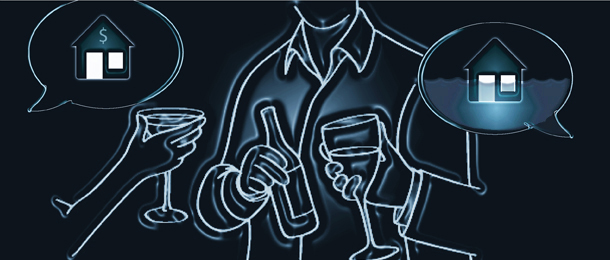
by Woodlander | Nov 11, 2011 | Real Estate
…seen from the other side At any party or social gathering in Glendale, the topic of conversation invariably gets around to real estate. Nothing unique to Glendale — mortgage rates and the price of homes have been a national obsession for years. But...

by Woodlander | Oct 7, 2011 | Featured Left, Real Estate
It was late 2005 when it finally hit us: Our son, an 8th-grader at Wilson Middle School in Glendale, was fast approaching The High School Years. It just sort of snuck up on us. When we moved to Southern California from the Midwest in 1998, my wife and I chose...




